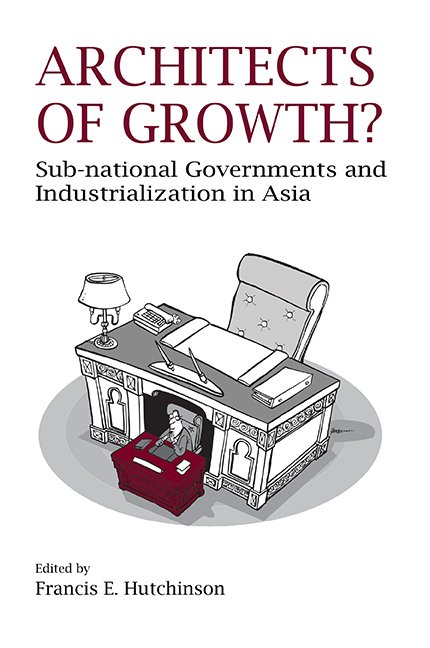Book contents
- Frontmatter
- Contents
- List of Tables
- List of Figures
- Foreword
- Preface and Acknowledgements
- Contributors
- Abbreviations
- I Introduction and Industry Overview
- 1 Introduction
- 2 Harnessing Asian Capabilities for Transforming the Electronics and IT Sectors: Recent Trends, Challenges, and a Way Forward
- II Cases from Industrializing Southeast Asia
- III Cases from China and India
- IV Cases from Industrialized Countries
- V Conclusion
- Index
1 - Introduction
from I - Introduction and Industry Overview
Published online by Cambridge University Press: 21 October 2015
- Frontmatter
- Contents
- List of Tables
- List of Figures
- Foreword
- Preface and Acknowledgements
- Contributors
- Abbreviations
- I Introduction and Industry Overview
- 1 Introduction
- 2 Harnessing Asian Capabilities for Transforming the Electronics and IT Sectors: Recent Trends, Challenges, and a Way Forward
- II Cases from Industrializing Southeast Asia
- III Cases from China and India
- IV Cases from Industrialized Countries
- V Conclusion
- Index
Summary
For many senior managers in multinational corporations, visits to Malaysia, the Philippines, or China do not involve lengthy stays in Kuala Lumpur, Manila, or Beijing. Rather, they involve site visits to facilities in rather more distant regions, such as Johor, Cebu, or Chengdu — states or provinces that are far-removed from the national seat of power.
These sub-national regions have created environments that seem different — and slightly separate — from the rest of the country. This might be due to a particularly vibrant business community, a strongly-rooted outward orientation, a tradition of effective public administration, or an unusually deep pool of skilled workers. In these areas, investors do not liaise with the central government, but rather provincial or state government agencies for permits, licences or tax incentives. And, they source components, equipment, or design work from a variety of dynamic firms nearby. Finished goods and services are sold to neighbouring firms, or dispatched from the local air- or sea-port to international markets.
In the most successful up-and-coming regions, firm clusters attain technological capabilities far ahead of those in more established centres of industry. And, some of these states and provinces have managed to spawn activities in new sectors, even within national-level policy environments that are not conducive to innovation and higher value-added activities.
Over the past decades, Asia's geography of production has undergone a number of important changes. Technological change, growing numbers of multinational corporations, and the liberalization of trade and investment regimes are allowing production processes to be broken down and relocated to diverse locations in the pursuit of specific capabilities and cost differentials (Dicken 2003).
These changes signal heightened competition, but also increased opportunities for economies formerly on the periphery. More finely-dissected production processes, and a more hospitable policy environment have led to the development of regional production networks, which have enabled the proliferation of manufacturing activities across Asia. This “flying geese” phenomenon has seen lead countries climb the value chain, delegating less technologically-sophisticated activities to other countries in the region (Hamaguchi 2009).
On one level, this has made incursions into manufacturing easier, as countries or regions can begin producing specific components as opposed to entire finished goods (Joseph, this volume).
- Type
- Chapter
- Information
- Architects of Growth?Sub-national Governments and Industrialization in Asia, pp. 3 - 29Publisher: ISEAS–Yusof Ishak InstitutePrint publication year: 2013

